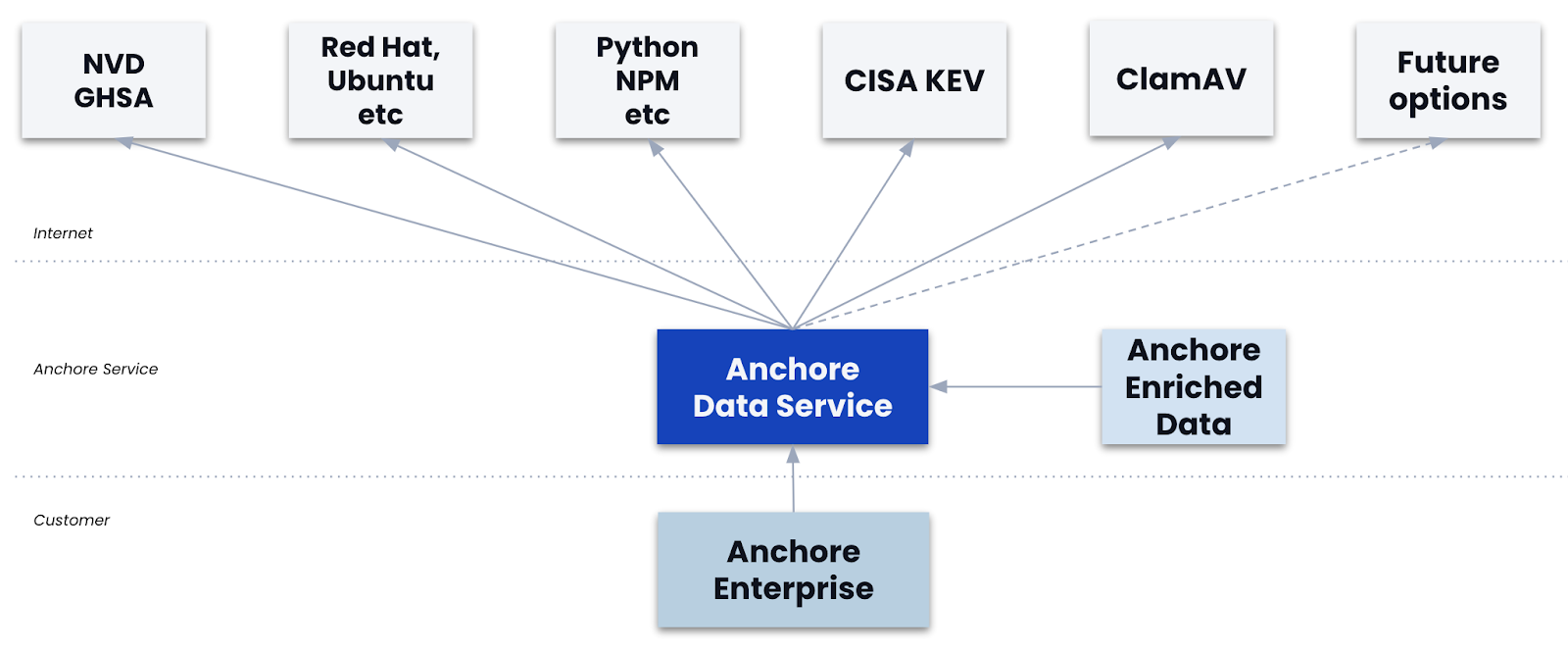Ivan Akulov just published a rather worrying blog entitled Malicious Packages in NPM in which he documents a recent discovery of several malicious NPM packages that were copies of existing packages with similar names which, while they contained the same functionality, also included malicious code that would collect and exfiltrate environment variables from your system in the hope of finding sensitive information such as authentication tokens.
In the past, a developer would either write a software library or purchase a library from a software vendor. Today you can pick a free, open source library off-the-shelf from one of many different registries, each catering to a different community: NuGet for .NET developers, CPAN for Perl developers, RubyGems.org for Ruby developers, npmjs.org for Node.js developers, PyPi for Python developers, maven.org, etc.
This move to open source and community-focused development has helped drive the rapid pace of innovation that we’ve seen over the last 10 to 15 years. But as this story shows us, free software doesn’t come without a cost! Just because a piece of software is free that doesn’t mean that you shouldn’t perform the same level of due diligence in assessing the software as you would if you had to pay for it: where is the software coming from? how well is it maintained? how is it licensed? This process should not discourage the adoption of open source however it should ensure that you know what open source components you have, where they came from and how to support them internally.
The best approach is to start this process as early in the development cycle as possible, putting in place a process to screen software and libraries before they enter your ‘supply chain’. There are many tools that can help in this regard and the newer generation of tools from other vendors are designed with this new open source software paradigm in mind.
But no matter what tools and policies you have in place there will always be something that slips through the cracks, so it’s good to have a final check that you can put in place to ensure that software you deploy meets your compliance and operational best practices. And this is where Anchore comes in.
One of the policy rules that Anchore supports is the ability to blacklist certain packages, not just operating system packages but also software libraries such as Ruby Gems or Node.js NPMs.
So inspired by Ivan’s blog let’s add a policy check that blacklists these NPMs which will allow us to see if any of our images include these modules.
Once logged on launch the policy editor from the icon on the Navigation Bar.
For simplicity, we’ll just edit the default policy however you can create custom policies that can be mapped to images based on their registry, repository, and tag.
Pressing the icon expands the list of policy items
We will create a new rule by pressing the button.
In the Gate field select NPM Checks and in the Trigger field select NPM Package Match (Name).
Then in the Parameters field select NPM Name-only match.
We now need to enter the modules that we are looking for.
Paste the following into the field and press the save button:
babelcli, crossenv, cross-env.js, d3.js, fabric-js, ffmepg, gruntcli, http-proxy.js, jquery.js, mariadb, mongose, mssql.js, mssql-node, mysqljs, nodecaffe, nodefabric, node-fabric, nodeffmpeg, nodemailer-js, nodemailer.js, nodemssql, node-opencv, node-opensl, node-openssl, noderequest, nodesass, nodesqlite, node-sqlite, node-tkinter, opencv.js, openssl.js, proxy.js, shadowsock, smb, sqlite.js, sqliter, sqlserver, tkinter
Under action, select WARN to indicate that the presence of these packages will raise a warning rather than fail or stop the image.
Finally, click the button to save the policy.
Next, from the Anchore Navigator home page search for an image that you wish to check. Once you have found the image navigate to the Image Policy tab to see if any warnings have been raised based on our new policy.
One of the great features of the Navigator is that it keeps historic data about tags and images so that you can navigate back through a tag’s history to look at previous versions. So perhaps the image you have deployed today does not include one of the trojan modules however an older version of this tag may have included a vulnerable component. This ability to look back may prove valuable in reviewing previous deployments either for audit purposes or when performing a post-mortem as part of incidence response.


